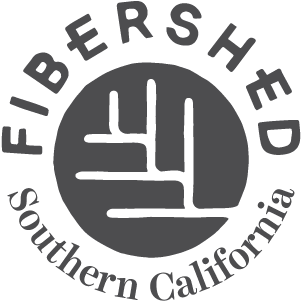I promised to summarize my attendance at the America Sheep Industry annual meeting (virtual), so here I my take on a 3-day conference.
1) American Wool Assurance Overview: Randy Tunby
So, in the 2021 conference they talked about how this has expanded and how the standards have been set. I am reaching out to the person who spoke to get a better understanding and how it might be available to wool growers we are or might be interacting with.
The rest of the issues are things that I struggle to try to understand both sides of the issues. My heart is with farmers/ranchers and the challenges they face in trying to keep their businesses going. Needless to say, we don’t all have the same political views on these issues, and it can be very challenging to sit and listen to some of what was talked about without having a “visceral” reaction to the issues. But they are all issues that we have to think about with fiber production. To some extent these are big issues in the mountain and western states that may not affect the Midwest and Eastern farmers as much.
2) Grazing on public lands. There was a spirited discussion of how to keep/expand grazing on public lands as many farms/ranches depend on free or low cost grazing on public lands in order to raise their animals. They advocate strongly for free and unlimited grazing.
3) Grazing and wild horses/burros. The farmers/ranchers for the most part want them gone as they see them as “taking” valuable grazing land away from them. As a wild horse/burro lover I look at the data and I cannot see how the number of animals still roaming could possibly affect their grazing but obviously they feel very strongly about this.
4) Critical habitat and endangered species are seen as antithetical to grazing lands by many people. They feel that these “rules” limit their ability to freely graze and use land without any restriction.
5) Predator control is a huge issue. There were a couple of talks by PhD scientists and veterinarians on studies done on how to control coyotes, grizzlies, mountain lions, wolves, wild dogs, etc. There are many scientific studies on how to “safely” poison these predators. There were discussion on collateral kill and “humane” killing. This led to a discussion on aerial hunting of predators.
6) Pay for migrant shepherds is a big topic. The current pay does not cover the full time that the shepherds work or benefits. New laws in some states seek to change pay policies that may affect this. The ranchers who have large flocks over many acres depend on these workers and feel they cannot pay for 24/7 work and benefits.
7) There were a number of scientific presentations on sheep health, parasite and disease management. This is, for me the most important stuff to learn.
8) High tech herd management was discussed by several people. There are some fascinating technical ways manage herds of animals that increase productivity, breeding, feed/water management, health, weight, range of movement, predator control, etc. These are some really exciting opportunities.
A lot of these discussions are “difficult” and require a great deal of conscious listening and thoughtful response. It is always very interesting for me to “process” the information I see through the lens of my experience and beliefs and my desire to keep the breeding of the animals and the production of wool as a valuable part of our nation and our lives.
Thanks.
Mary
Inland Empire Fibershed

